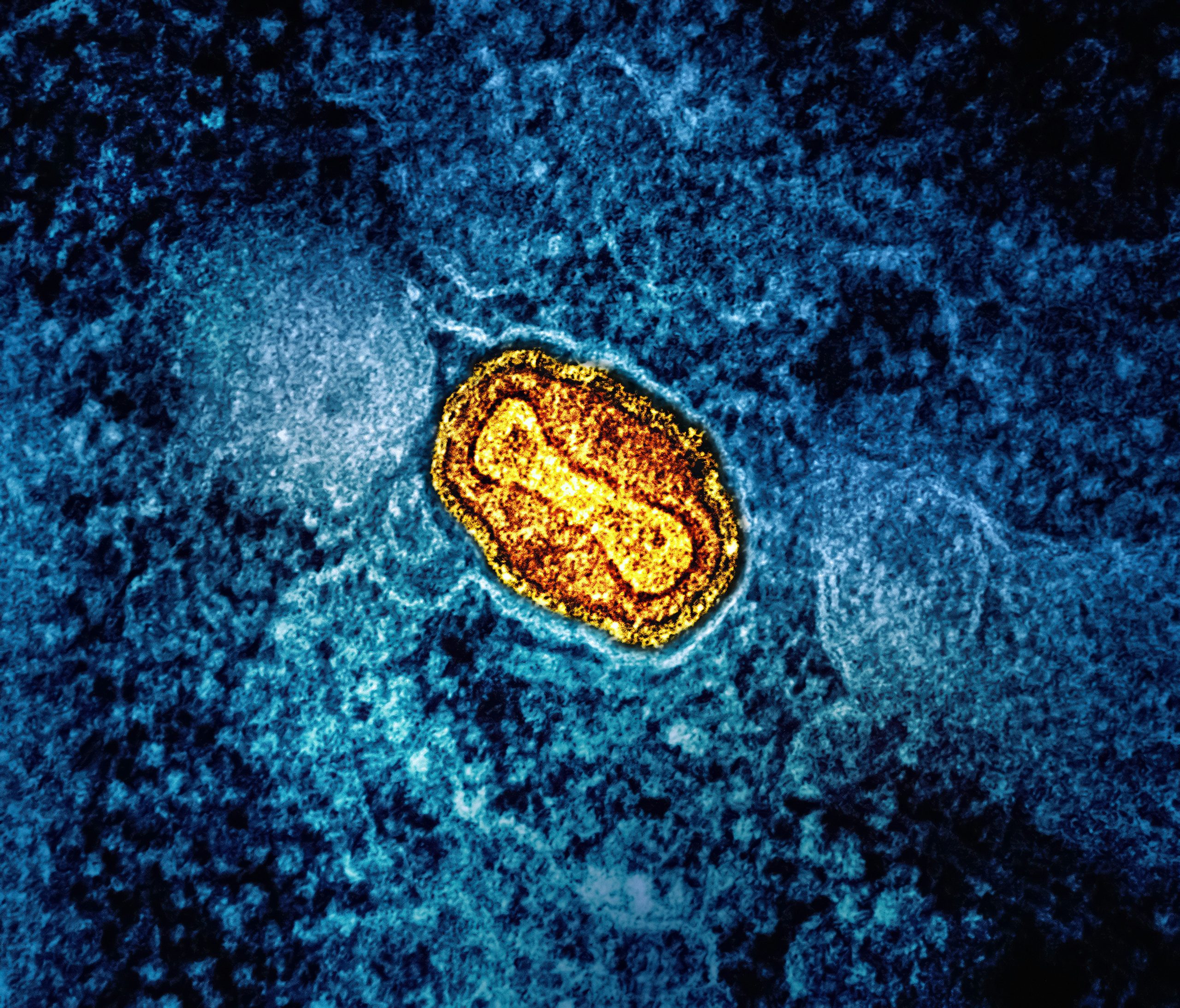Oral L-carnitine at 1–5 g per day helps move fat into mitochondria—the cell’s power stations—and may raise androgen receptor density in muscle. Watch TMAO, a gut microbe byproduct, by supporting your microbiome and using garlic allicin with higher intakes.
For lifters and endurance athletes, L-carnitine is not magic, but the biology is solid. It moves long-chain fats into mitochondria and, in some trials, nudges androgen receptor content upward in trained muscle.
The relationship
Carnitine is a nutrient your body makes from lysine and methionine. Its job in muscle is to carry long-chain fatty acids into mitochondria for beta-oxidation, the stepwise process that turns fat into usable energy [1,10,11]. That is why L-carnitine appears in many recovery and performance stacks for men.
In human studies, oral L-carnitine taken with carbohydrate over weeks can raise muscle carnitine content and shift fuel use. In 2011, a 24-week trial raised muscle carnitine by 21% and cut glycogen use during moderate work, with an 11% rise in work output during a timed test [1]. A 2013 follow-up using 12 weeks showed higher fat oxidation during exercise and less fat gain with the same calorie load [2].
Another path is recovery. Across trials, L-carnitine L-tartrate at 2 g per day reduced soreness and markers of muscle damage after hard training [3,6]. One study in 2006 also reported higher androgen receptor content in trained men on L-carnitine L-tartrate during a loading block [7].
How it works
The carnitine shuttle and fat transport
Inside muscle cells, carnitine accepts acyl groups and works with CPT1 and CPT2 to pass long-chain fatty acids through the mitochondrial membranes. In humans, raising muscle carnitine content led to less glycogen use at 50% intensity and better high-intensity control of glycolysis during a 30-minute test [1,10]. A 2013 randomized trial found a 20% jump in muscle carnitine with daily L-carnitine plus carbohydrate, along with higher energy expenditure and gene shifts tied to fat use [2].
Muscle uptake and dosing in real training
Raising muscle carnitine is slow and depends on insulin to drive transport through the OCTN2 carrier. Human clamp work showed insulin boosts carnitine entry into muscle during high blood carnitine states [7,18,19]. In practice, studies that increased muscle carnitine used twice-daily L-carnitine with 60–80 g carbohydrate for 12–24 weeks [1,2]. Acute doses without a loading period have not improved performance in several trials, including a 2025 randomized test in trained adults [12].
Androgen receptor signal support
The androgen receptor is the protein inside cells that binds testosterone and turns on strength-building genes. In resistance-trained men, L-carnitine L-tartrate supplementation during a training block increased muscle androgen receptor content and reduced damage markers in some studies [7,3]. Effects vary by program and dose, but this signal likely explains part of the recovery story [5,6].
TMAO formation in the gut and how to blunt it
TMAO is trimethylamine-N-oxide. Gut microbes turn carnitine into TMA, your liver turns TMA into TMAO. High TMAO levels track with higher cardiovascular risk in large meta-analyses of prospective cohorts [8,21,22]. The spike after L-carnitine depends on your microbiome. Omnivores show a larger TMAO rise, while vegans and vegetarians often show little change, unless they re-expose for days to weeks [8]. In lab and early human work, garlic allicin reduced TMA formation and lowered TMAO, likely by blocking microbial enzymes that make TMA [9,23].
Threshold note for low testosterone: Meta-analyses and guideline practice suggest that symptomatic men with total testosterone below 350 ng/dL, or free testosterone below 100 pg/mL, are most likely to benefit from TRT. Confirm low values on two morning tests and link results to symptoms per AUA guidance [16].
Conditions linked to it
- Exercise recovery: Multiple randomized trials and a 2020 meta-analysis report lower soreness and lower creatine kinase or myoglobin after training with L-carnitine, often at 2 g per day as L-carnitine L-tartrate [3,6].
- Endurance and mixed performance: With long loading plus carbohydrate, human trials show higher muscle carnitine, less glycogen use at steady work, and small performance gains in timed efforts [1,2]. Acute dosing does not show clear gains [12].
- Androgen receptor content during heavy blocks: Resistance studies report higher androgen receptor content and fewer damage markers with L-carnitine L-tartrate, which may support better training quality between sessions [7,3,5].
- Cardiometabolic risk via TMAO: Higher plasma TMAO in cohorts is linked with higher rates of major events and mortality. This is association, not proof of harm from supplements, but it argues for gut-friendly practice, especially at higher doses [21,22].
Limitations: Performance data vary by dose, diet, and training status. Many positive studies used carbohydrate co-ingestion and long loading windows. TMAO data are observational for outcomes, and small for interventions like allicin; causality remains under study [5,12,21,23].
Symptoms and signals
- You recover slowly after repeated hard days and feel deep muscle soreness for 48–96 hours.
- Legs feel heavy early in sessions even when sleep and hydration are on point.
- You train fasted or very low carb and notice a drop in quality on longer sets.
- After starting L-carnitine, you track less soreness and steadier output at the same workload over 2–8 weeks.
- Digestive upset after dosing suggests you should split doses or take with a meal.
What to do about it
- Test and baseline. Track simple markers first. Note session RPE, time to recovery, and soreness at 24, 48, and 72 hours. If you have fatigue, low drive, or sexual symptoms, get morning total and free testosterone on two days and connect results to symptoms per AUA guidance. Use 350 ng/dL total or 100 pg/mL free as decision lines when symptoms persist [16].
- Dose and timing. For “L-carnitine benefits” in training, start with 2 g per day of L-carnitine L-tartrate, or 1–3 g per day of L-carnitine, split with meals. Many trials used twice-daily dosing with 60–80 g carbohydrate to aid muscle uptake over 12–24 weeks [1,2,3,5]. If you push the high end of “L-carnitine dosage” at 3–5 g per day, support “TMAO and gut health” with fiber-rich foods, fermented foods, and consider “garlic allicin carnitine” pairing at a meal based on early human data [9,23].
- Monitor and adjust. Reassess at 6–8 weeks. Keep what you can measure: soreness days, session RPE, time to last rep, and if available, creatine kinase on a stable training week. If no change by 8–12 weeks, taper off. If you continue, cycle use around blocks that demand faster recovery, such as back-to-back races or dense strength phases [6,12].
Myth vs Fact
- Myth: L-carnitine burns fat by itself. Fact: It helps transport fat. Training and calorie balance drive fat loss.
- Myth: A big single dose before a workout boosts performance. Fact: Loading over weeks is what moved the needle in human studies that raised muscle carnitine.
- Myth: TMAO always goes up with supplements. Fact: The rise depends on your gut microbes and diet. You can blunt it with diet moves.
- Myth: Carnitine raises testosterone. Fact: It may increase androgen receptor content in muscle during training blocks, not serum testosterone.
Bottom line
L-carnitine can help trained men with recovery and fuel use when taken daily with food for weeks. A few trials also show higher androgen receptor content in muscle. Manage TMAO by supporting gut health and using garlic allicin with higher intakes. If your goal is stronger training between sessions, load with patience, track results, and keep the rest of your plan tight.
References
- Wall BT, Stephens FB, Constantin-Teodosiu D, Marimuthu K, Macdonald IA, Greenhaff PL. Chronic oral ingestion of L-carnitine and carbohydrate increases muscle carnitine content and alters muscle fuel metabolism during exercise in humans. J Physiol. 2011;589(4):963-973. PMID: 21224234.
- Stephens FB, Wall BT, Marimuthu K, et al. Skeletal muscle carnitine loading increases energy expenditure, modulates fuel metabolism gene networks and prevents body fat accumulation in humans. J Physiol. 2013 Sep 15;591(18):4655-4666. PMID: 23818692.
- Volek JS, Kraemer WJ, Rubin MR, Gómez AL, Ratamess NA, Gaynor P. L-Carnitine L-tartrate supplementation favorably affects markers of recovery from exercise stress. Am J Physiol Endocrinol Metab. 2002 Feb;282(2):E474-E482. PMID: 11788381.
- Stefan M, Fadeev I, Tarasov A, et al. L-Carnitine Tartrate Supplementation for 5 Weeks Promotes Recovery after Exercise in Males: A Randomized, Double-Blind, Placebo-Controlled Trial. Nutrients. 2021;13(10):3560. PMID: 34684429.
- Fielding R, Riede L, Lugo JP, Bellamine A. L-Carnitine Supplementation in Recovery after Exercise. Nutrients. 2018;10(3):349. PMID: 29534031.
- Yarizadh H, Shab-Bidar S, Zamani B, Nazary Vanani A, Baharlooi H, Djafarian K. The Effect of L-Carnitine Supplementation on Exercise-Induced Muscle Damage: A Systematic Review and Meta-Analysis of Randomized Clinical Trials. J Am Coll Nutr. 2020 Jul;39(5):457-468. PMID: 32154768.
- Kraemer WJ, Spiering BA, Volek JS, et al. Androgenic responses to resistance exercise: effects of feeding and L-carnitine. Med Sci Sports Exerc. 2006;38(7):1288-1296. PMID: 16826026.
- Koeth RA, Wang Z, Levison BS, et al. Intestinal microbiota metabolism of L-carnitine, a nutrient in red meat, promotes atherosclerosis. Nat Med. 2013;19(5):576-585. PMID: 23563705.
- Panyod S, Fan Y-M, Li X-D, et al. Garlic attenuates trimethylamine-N-oxide production in vitro, in ex vivo human feces, and in healthy human subjects. Sci Rep. 2022;12(1):12040. PMID: 35948764.
- Stephens FB, Constantin-Teodosiu D, Greenhaff PL. New insights concerning the role of carnitine in the regulation of fuel metabolism in skeletal muscle. J Physiol. 2007;581(Pt 2):431-444. PMID: 17331998.
- Gnoni A, Longo S, Damiano F, et al. Carnitine in Human Muscle Bioenergetics: More Than a Shuttle. Int J Mol Sci. 2020;21(22):8897. PMID: 33255847.
- Devrim-Lanpir A, Kürkçü R, Samur G, et al. Acute L-Carnitine Supplementation Does Not Improve Performance or Recovery in CrossFit® Athletes: A Randomized, Double-Blind, Placebo-Controlled Trial. Nutrients. 2025;17(17):2784. PMID: 39270123.
- Stephens FB, Constantin-Teodosiu D, Greenhaff PL. An acute increase in skeletal muscle carnitine content alters fuel metabolism in resting human skeletal muscle. J Clin Endocrinol Metab. 2006 Nov;91(11):5013-5018. PMID: 16984983.
- Stephens FB, Evans CE, Wall BT, et al. Carbohydrate ingestion augments L-carnitine retention in humans. J Appl Physiol. 2007;102(3):1065-1070. PMID: 17138832.
- Chee C, Shannon CE, Burns A, et al. Increasing skeletal muscle carnitine content in older individuals increases fat oxidation during low-intensity exercise. Aging Cell. 2021;20(2):e13303. PMID: 33368510.
- Mulhall JP, Trost LW, Brannigan RE, et al. Evaluation and Management of Testosterone Deficiency: AUA Guideline. J Urol. 2018;200(2):423-432. PMID: 29601923.
- Heianza Y, Ma W, Manson JE, Rexrode KM, Qi L. Gut Microbiota Metabolites and Risk of Major Adverse Cardiovascular Disease Events and Death: A Systematic Review and Meta-Analysis. J Am Heart Assoc. 2017;6(7):e004947. PMID: 28663251.
- Qi J, You T, Li J, et al. Circulating Trimethylamine N-oxide and the Risk of Cardiovascular Diseases: A Systematic Review and Meta-Analysis of 11 Prospective Cohort Studies. Clin Nutr. 2018;37(4):1313-1320. PMID: 29020409.

